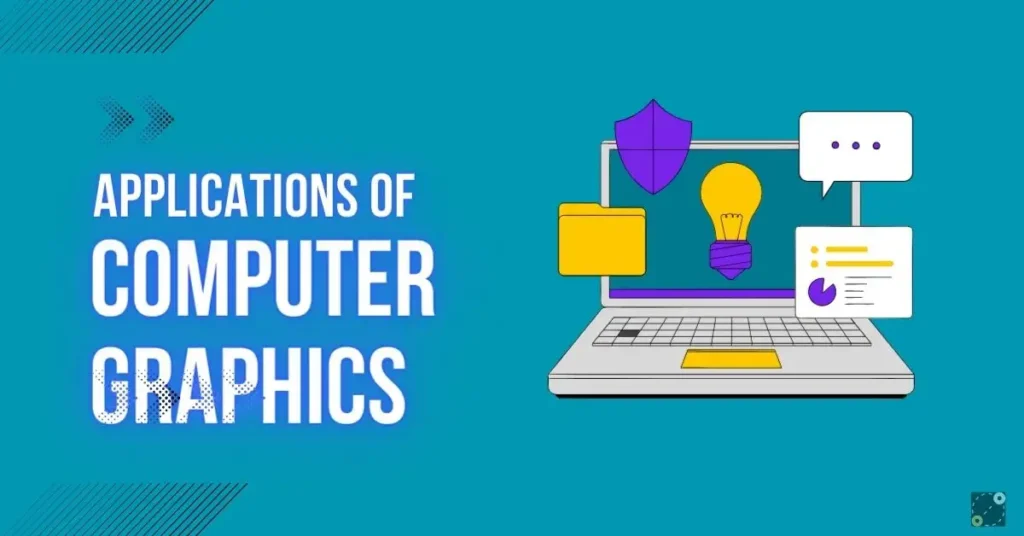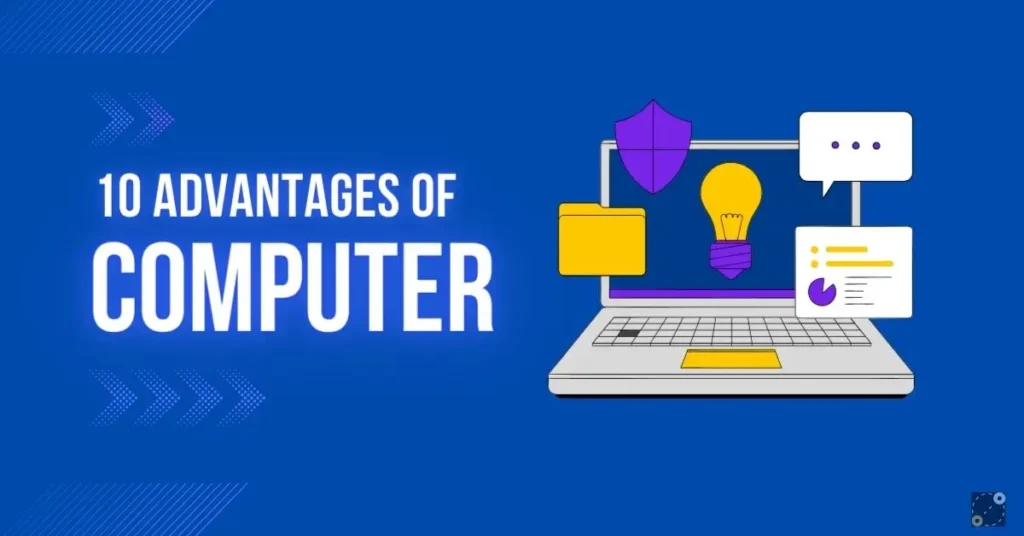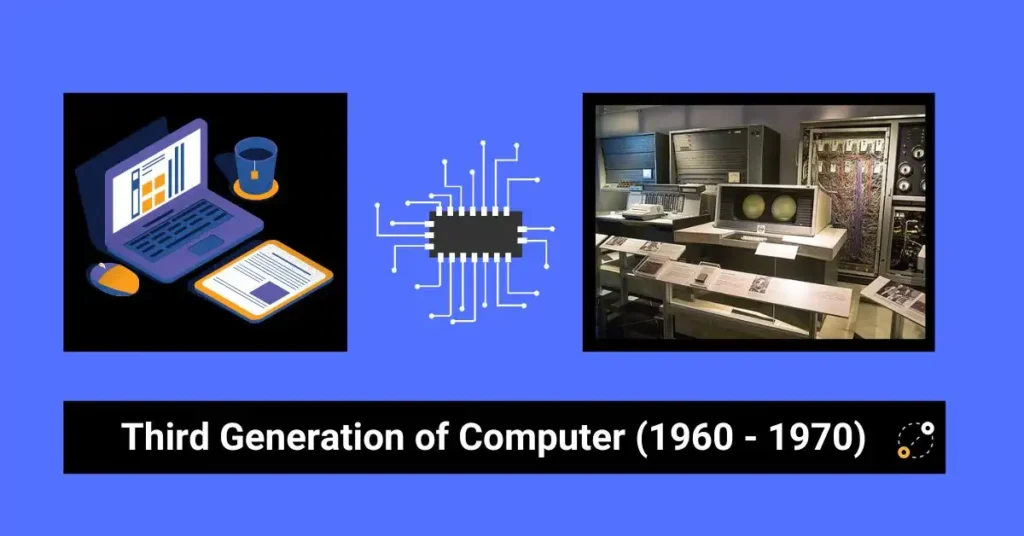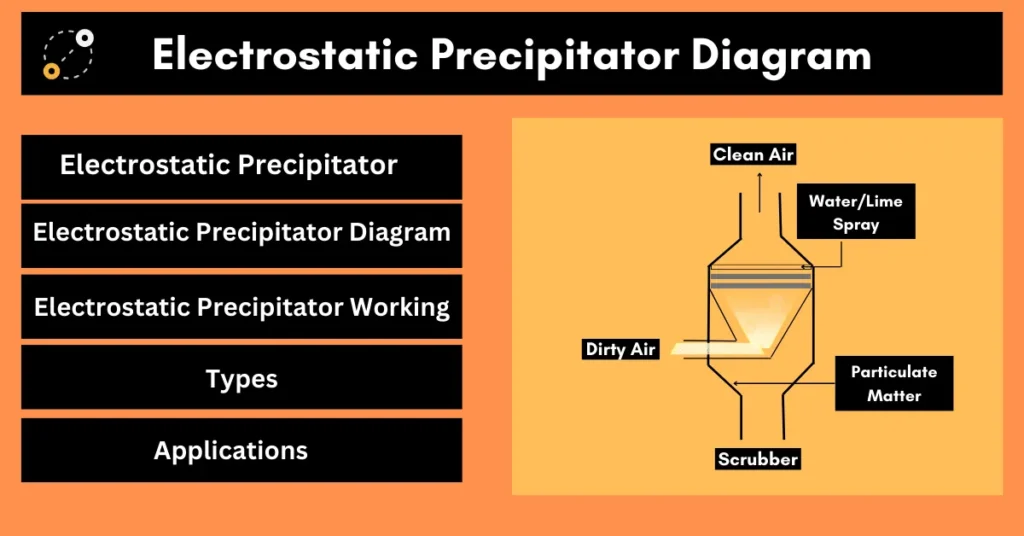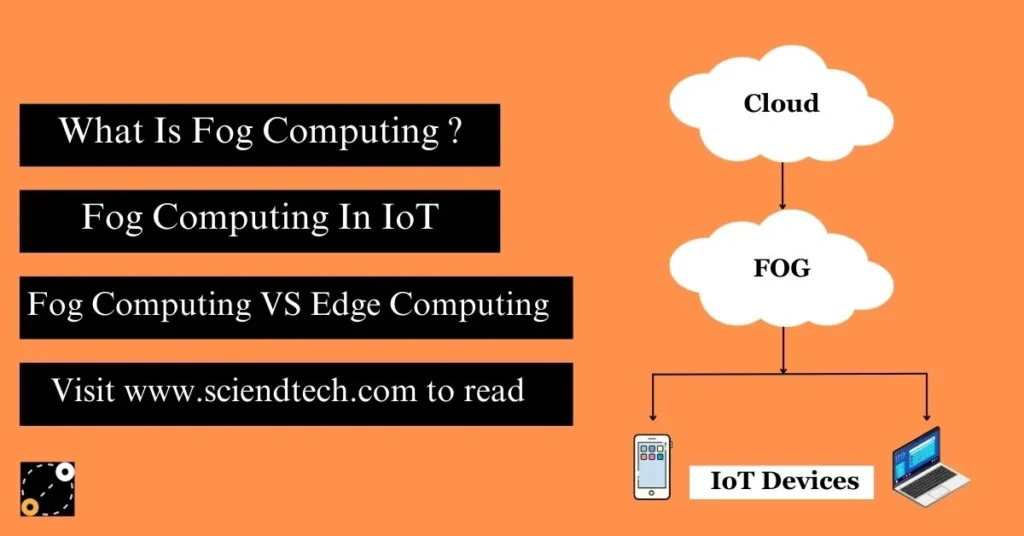Do you people know the concept behind self driving cars, surgical robots, and those smart clothing with built-in sensors? How do they actually work? What is the logic behind them? The answer to all of this is Cyber physical systems (CPS), an innovative concept that has been quietly modifying how humans interact with the environment.
So what are these systems? Well more simply speaking, Cyber physical systems are interconnected, intelligent systems that integrate the digital and physical worlds and use sensors, computers, devices to collect data, make decisions, control real-world things and create systems that are more efficient, responsive, and adaptive.
But how do these systems actually work? What are its components, examples, and at what other places are they used? This article will answer all your questions regarding these Cyber physical systems. Let’s begin.
Table of Contents
ToggleWhat Is A Cyber Physical System
A Cyber physical system is an integrated system that combines computational and physical elements to interact with and adapt to the real world. It merges the digital and physical zone, allowing the cyber (software, computing, communication) and the physical (sensors like radar, and cameras, actuators, and the real world) to work together effortlessly.
The National Mission on Interdisciplinary Cyber physical systems (NM-ICPS) is an initiative launched by the Department of Science and Technology (DST), Government of India, in 2018.
The primary goal of the NM-ICPS is to promote research and development in the field of Cyber physical systems (CPS) and to advance the understanding and application of CPS, particularly in areas relevant to Indian societal needs and economic growth like healthcare, agriculture, smart cities, and transportation.
Related Posts :
Components of Cyber Physical Systems
The core elements of these systems with the help of which they work are –
Sensors and Actuators
These are the physical devices that interact with the real world. Sensors collect data from the physical environment, such as temperature, pressure, or motion, while actuators perform physical actions, like opening a valve or turning on a motor.
Computing Systems
Cyber physical systems include computing devices like microcontrollers, microprocessors, or embedded systems. By processing data from sensor, these gadgets make decisions in real time.
Communication Networks
All the components of CPS are connected through communication networks, which help in exchanging the data and commands. This can involve wired or wireless connections, including the internet or specialized forms of communication.
Control Systems
There are often incorporated control algorithms that regulate the behavior of physical processes. These systems receive data from sensors and provide instructions to actuators to maintain desired states or achieve specific goals.
Software and Firmware
Cyber physical systems rely on software and firmware to control and manage the various components including real-time operating systems, control algorithms, and application software.
Real-Time Operating Systems
Some CPS use real-time operating systems to ensure predictable and reliable response times for critical applications.
Data Analytics and Machine Learning
Many CPS embed data analytics and machine learning techniques to process and analyze large volumes of data generated by sensors. This can help in providing insights, detect errors, and optimize system performance.
Human-Machine Interface
Some Cyber physical systems have interfaces that allow interaction with human operators which include touchscreens, face detectors, etc. that provide data and control options.
Security Measures
Since these intelligent systems involve critical infrastructure and personal data, they require robust security measures to protect against cyber threats. This comprises intrusion detection systems, authentication, and encryption.
Power and Energy Management
Cyber physical systems and their components need a power source to operate, therefore efficient energy management and backup systems are essential for maintaining the working in case of power cut-off.
Now learning about the components of the CPS, let’s take a look at the characteristics and unique features these systems have to offer.
Characteristics Of Cyber Physical Systems
These intelligent systems have several distinctive characteristics that set them apart from traditional, old systems. The features and uniqueness of the cyber physical systems are –
- CPS tightly integrates computational elements with physical processes, bridging the gap between the digital and physical worlds.
- The sensors and actuators work in a feedback loop manner, where data from sensors informs decisions made by computational elements and can be executed physically by actuators.
- Some CPS, particularly in IoT devices, have resource constraints, which include limited processing power, memory, or energy supply.
- Cyber physical systems show heterogeneity, meaning they have different hardware and software components that need to work together seamlessly.
- CPS are automated. Autonomous robots and self-driving cars, for instance, rely their decisions on algorithms and sensor data.
- These intelligent systems are more complicated than IoT devices.
Below are the examples of the CPS which possess the characteristics and features as mentioned above.
Cyber Physical Systems Examples
We can see many things around us that operate on the mechanism of Cyber physical systems. Some of those examples are –

- Self-Driving Cars
- Industrial robots
- Smart Grids
- Fitness trackers, smartwatch with blood pressure monitor
- Smartphones
- Thermostats
- Traffic signals
- Agricultural equipment
- Spacecraft, rovers, and probes
- MRI machines, ventilators, and infusion pumps
- Drones
- Smart bridges, roads, and dams
Applications Of Cyber Physical Systems
We’ve seen various examples of the CPS above, but other than the above mentioned devices and systems they have their applications in more diverse range of field and domains as discussed below –
Medical
Cyber physical systems in healthcare include medical devices, telemedicine systems, and wearable health trackers like smartwatch with blood pressure monitor. They monitor patient health, provide remote care, and improve healthcare delivery by collecting and analyzing patient data.
Manufacturing
These CPS are widely used in Industrial Control Systems (ICS) to control and automate processes. They include supervisory control and data acquisition (SCADA) systems and distributed control systems (DCS) that manage production lines, power plants, and other industrial facilities.
Cyber Physical Systems Attack
CPS can be utilized to enhance the prevention of cyber physical systems attacks by implementing various security and defense measures. can be used to develop sophisticated intrusion detection systems that monitor network traffic and system behavior.
When suspicious activity is detected, CPS can trigger alerts and responses, such as isolating compromised components.
Real Life
Cyber physical systems are used in our real life through many devices, transportations, systems, etc. Smart thermostats, lighting, security cameras, and appliances in modern homes use CPS technology. These systems allow homeowners to remotely control and automate various functions, enhancing convenience and energy efficiency.
Autonomous vehicles and other transportations also rely on CPS for real-time sensing, navigation, and control.
Smart Grids
CPS plays a crucial role in the energy sector, managing electrical power grids. They enable real-time monitoring, control, and optimization of energy distribution and consumption, supporting the integration of renewable energy sources.
Smart Transportation
Its applications include traffic management systems, intelligent transportation systems (ITS), and self-driving cars. They improve traffic flow, reduce congestion, and enhance road safety.
Agriculture
Precision agriculture relies on Cyber physical systems technology for monitoring crop conditions, optimizing irrigation, and using automated machinery. This improves farming practices and increases crop yields.
Aviation and Aerospace
These intelligent systems control aircraft, satellites, and space probes, ensuring safe flight, navigation, and communication in the aviation and aerospace sectors.
Smart Cities
CPS is also used in smart cities cover various domains, including transportation, utilities, public safety, and urban planning. They aim to enhance quality of life, reduce environmental impact, and improve urban sustainability.
Defense and Military Systems
Cyber physical systems in the defense sector include unmanned aerial vehicles (UAVs), military robots, and integrated command and control systems that enhance situational awareness and defense capabilities.
Space Exploration
These systems play a critical role in space exploration by controlling spacecraft, rovers, and other mission-critical components in the challenging and often extreme environments of space. This application of CPS technology is applied by the Mars rovers and space probes used in missions conducted by space agencies like NASA.
Cyber Physical Systems vs IoT
The question that what is the difference between cyber physical system and an internet of things has been a matter of discussion, to answer this –
Internet of things and cyber physical systems are related concepts, but they have distinct differences in their scope, purpose, real-time operations, etc.
Scope
IoT is a broader concept that covers a vast network of everyday physical objects, devices, and sensors connected to the internet, allowing them to collect and exchange data.
Whereas, Cyber physical systems is a more specific concept focused on integrated systems that combine computational and physical components to interact with and adapt to the real world.
Purpose
IoT serves a wide range of applications, including smart homes, wearables, environmental monitoring, and consumer products.
Cyber physical systems are typically designed for specific, often mission-critical applications that involve real-time monitoring, control, and decision-making. They are commonly used in sectors like manufacturing, healthcare, transportation, and infrastructure.
Real-Time Operation
IoT applications may not require complex real-time control systems and are often more focused on data transmission and communication.
On the other hand CPS applications often operate in real-time, with sensors collecting data from the physical world, actuators affecting physical processes, and feedback loops for control.
Safety and Security
Both IoT and Cyber physical systems can benefit from safety and security measures. However, in CPS, safety and security are often critical due to their involvement in critical processes, making them robust and secure against cyber threats.
Complexity
IoT devices are often simpler in nature, with a primary focus on collecting data from the physical world. Whereas, CPS systems are more complex, with integrated sensors, actuators, and control algorithms.
Other than this the integration of cyber physical systems in IoT plays a crucial role in enhancing the capabilities and functionality of the IoT devices. These systems enable IoT devices to process data in real-time, making them highly responsive to changes in their environments.
CPS allows autonomous operations, critical for IoT devices like self-driving cars and drones. Furthermore, CPS also improves the safety and security of IoT networks by monitoring data for abnormalities and security violations and triggering immediate responses when necessary.
Problems With Cyber Physical Systems
CPS have made our daily lives more reliable, convenient, and connected. But nothing is perfect, along with benefits also come some disadvantages. Similarly these systems also come with various challenges and problems that need to be addressed to ensure their reliability, security, and effectiveness. Such as –
- Protecting Cyber physical systems from threats such as malware, hacking, and denial-of-service attacks is a significant challenge since they are vulnerable to cyberattacks.
- They are inherently complex, that’s why managing this complexity during design, development, and maintenance is a real challenge.
- Many CPS components come from different manufacturers and may use different communication protocols and standards. Ensuring interworking among these components is a challenge.
- Cyber physical systems generate large amounts of data from sensors, therefore managing and making sense of this data is a complex task.
- Protecting the privacy of individuals while still deriving useful insights from the sensitive data in CPS is a complex problem.
- Balancing performance and functionality against limited budget is a challenge. Building and maintaining strong CPS can be costly.
- Since these intelligent systems operate on battery-powered devices or remote sensors, it’s a task to optimize energy efficiency while maintaining performance.
Scope In Cyber Physical Systems
The field of Cyber physical systems (CPS) offers a promising and continually expanding scope in various domains. It offers a wide and promising scope for individuals pursuing careers in various areas like –
Cyber physical systems Engineering – It is a multidisciplinary field that focuses on the design, development, and management of integrated systems. Various CPS Engineering jobs are software engineer, hardware engineer, data scientist, etc.
Mechatronics and cyber physical systems – Master of Mechatronics and CPS is a degree that combines aspects of mechanical engineering, electronics, computer science, control systems, and communication technologies to prepare students for careers in designing, developing, and managing advanced systems.
Graduates of such programs can work as mechatronics engineers, control systems engineers, embedded systems engineers, robotics specialists, and CPS architects.
Other than these, there are diverse cyber physical systems jobs such as –
- Control Engineer
- CPS Architect
- Project Manager
- Autonomous Engineer
- Smart Grid Analyst
- Space Engineer
- Environmental Specialist
- Traffic Specialist
- Agricultural Engineer
- UAV Operator
Conclusion
Cyber physical systems (CPS) represent a groundbreaking technological advancement that integrates the digital and physical realms, allowing them to work in harmony. As CPS technology continues to evolve, it holds great promise for improving efficiency, and making our daily lives more convenient, but it also has its challenges, including security vulnerabilities, complexity. However, with ongoing research and the interdisciplinary nature of Cyber physical systems it ensures technological innovation, boosting various industries and shaping the future of the digital and physical world.
FAQs
What is an example of a cyber physical system?
5 examples of cyber security systems are :
- Drones
- Fitness Tracker
- Traffic Lights
- Smart Watches
- Smart Grid
What are the three cyber-physical systems?
- Industrial Control Systems (ICS)
- Autonomous Vehicles
- Smart Grids
What are the features of cyber physical system?
Feature of Cyber Physical System are : Control and Decision Making, sensing and actuation etc.
What are the benefits of cyber-physical systems?
Help organizations in increasing their efficiency, enhancing their productivity and also improved safety etc.
What differentiates cyber security systems from cyber physical systems?
Cybersecurity systems is protect digital assets & data from unauthorized access and cyber threats and Cyber security system are designed to integrate physical and computerized components to monitor and control physical processes in the real world.
Arshil Iqbal
A BCA graduate, Web developer, Technophile and a reading enthusiast who likes to research and explore. Now professionally utilising my technical skills in blogging to create information and engaging content.

